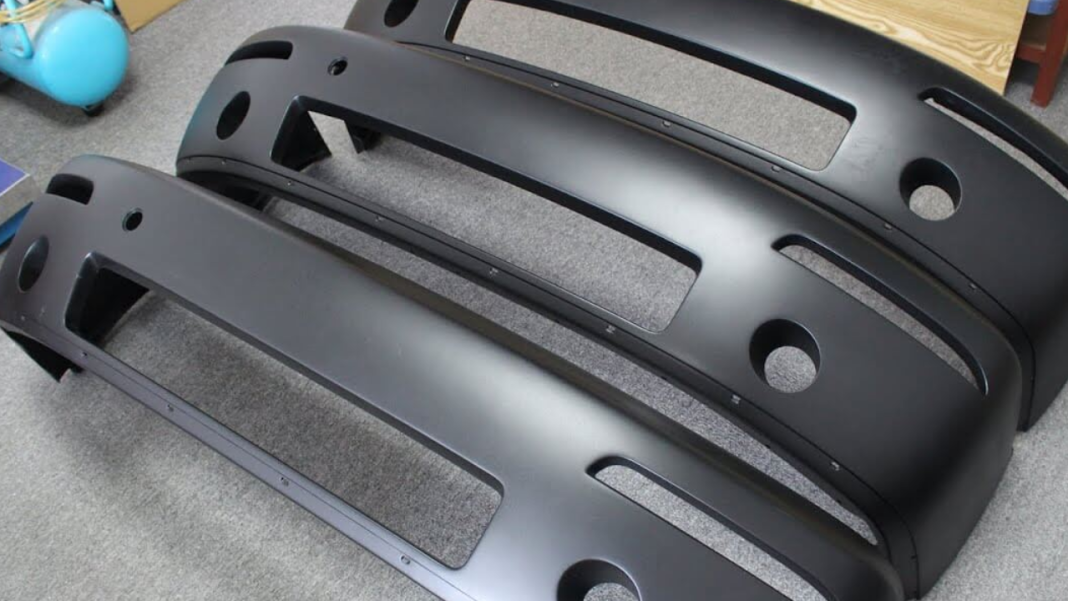A change in conventional plastic injection molding known as steel injection molding (MIM) permits the manufacturing of stable steel pieces using the injection molding era. The raw fabric used in this procedure called the feedstock, is a metallic and polymer powder combination. Due to this, MIM is often known as PIM (Powder Injection Molding).
The powder is melted and injected into mildew with the usage of an everyday injection molding system, wherein it bureaucracy into the preferred form after cooling. A high-density metal molding is created through further heating operations that remove the undesired polymer. The manufacture of small metal parts in large volumes lends itself preferably to steel injection molding.
These parts could function as elaborate geometric designs, skinny partitions, and excellent detailing, much like injection-molded components. Making use of metal powders makes it possible to use an extensive range of ferrous and non-ferrous alloys and get material characteristics that can correspond to those of wrought metals.
The Steps in the Metal Injection Molding Process:
To make delicate steel components with accuracy, the steel Injection Molding (MIM) approach involves a couple of levels. The main steps in the metal injection molding method are as follows:
Compounding
The compounding or feedstock practice procedure is in which the MIM system starts off evolving. Wax binders and great metallic powder with a particle length of less than 20 are mixed in precise proportions. The quantity ratio of the metal powder and binder is kind of 60:40. The combination is installed by specialized blending machinery and heated to a temperature that melts the binders.
The majority is routinely combined until the binders are calmly allotted throughout the metallic powder particles. The bulk is cooled earlier than being ground into loose-flowing pellets (feedstock), which the steel injection molding machine will take.
Molding
Plastic injection molding uses the same equipment and techniques as injection molding. The feedstock is heated and injected under excessive strain into the mildew cavity of the injection molding system through the usage of the pelletized feedstock. To permit the technique to preserve, the molded component—now called the “inexperienced component is authorized to chill before being removed from the mildew.
The reason that most effective the binders (which deliver the metal debris) soften, the process takes region at a temperature of approximately two hundred° C. To acquire high manufacturing prices, the tooling can have many chambers. To account for the shrinkage that takes place during sintering, the mold hollow space is approximately 20% larger. For any material, the shrinkage exchange is correctly regarded.
Debinding
Following injection molding, the component will go through a process called debinding, or binder removal. The process of “binder elimination” includes taking the binder components out of the MIM aspect that has been formed. The bulk is regularly removed before the sintering step, leaving the simplest sufficient binder to transport the additives into the sintering furnace.
This process is typically executed in several steps. There are several methods to do away with binders, with solvent extraction being the most outstanding one. The portion is now semi-porous after the binder has been eliminated, permitting the final binder to easily break out for the duration of the sintering process.
Sintering
The debit components are mounted on ceramic setters, which are then inserted into a sintering furnace with a high temperature and managed surroundings. On the way to eliminate any closing binders, the brown additives are carefully heated in safe surroundings. The metallic issue is heated to an excessive temperature after the binders have evaporated.
So that the void space among the particles is removed because the debris fuses collectively. The element turns into a dense strong after isotropic ally contracting to its intended dimensions. For most people of materials, the sintered element density is regularly greater than ninety percent theoretical. The product has traits corresponding to the ones of wrought materials thanks to the high sintered factor density.
Finishing:
The steel Injection Molding process no longer encompasses any completing or manufacturing steps. The sintered object may additionally go through certain finishing or machining processes depending on the preferred consequences. As with every metallic, warmth treatment can be used to beautify bodily traits.
To provide metallic Injection Molding (MIM) tolerances that are more accurate than the method can supply, any type of machining operation may be used. Because of the excessive cloth density, plating and coatings can be implemented without problems. There are many successful mechanical assembly techniques, including welding and cold working.
Conclusion
Several industries and technologies are supported utilizing the center production method of steel molding. Whether it is through the casting of complicated aerospace components or the stamping of automobile components, the power and inventiveness of steel molding preserve to drive advancement and feature an effect on the commercial industry.




